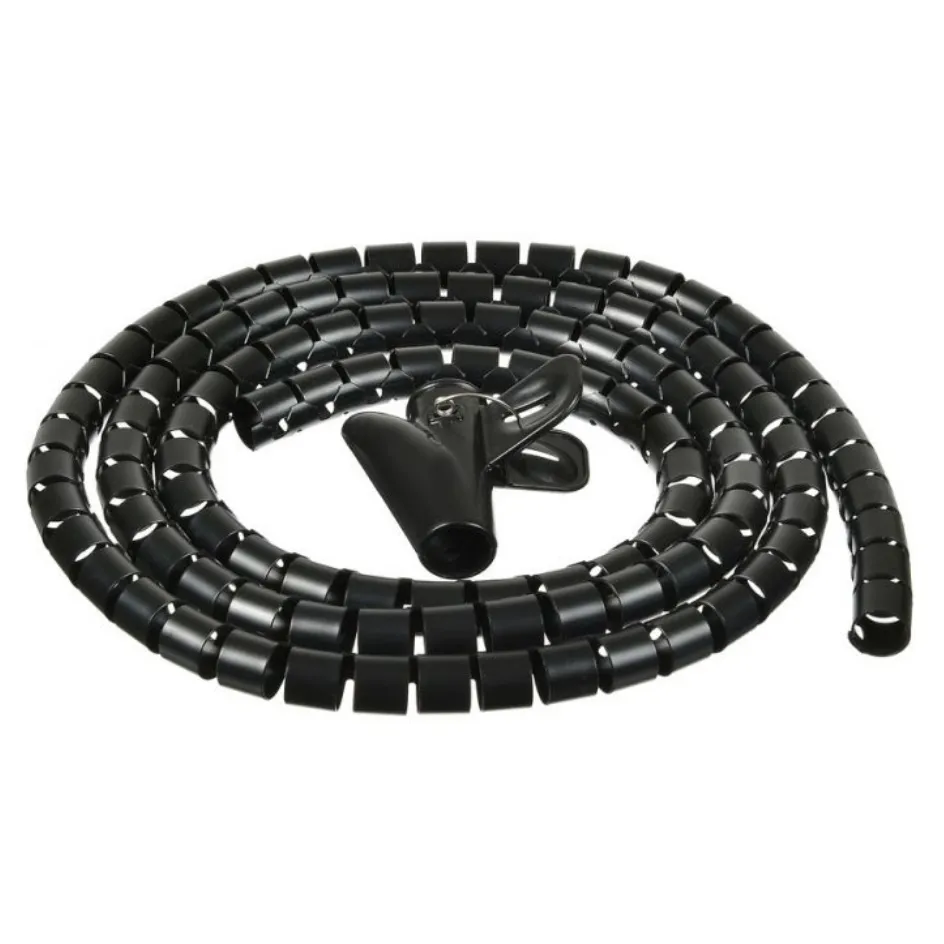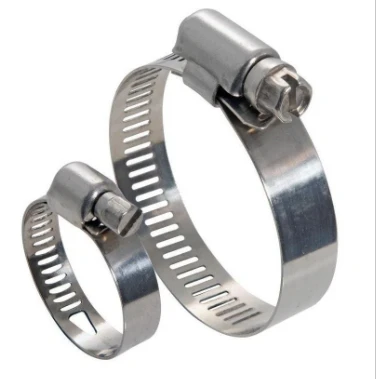
- Afrikaans
- Albanian
- Amharic
- Arabic
- Armenian
- Azerbaijani
- Basque
- Belarusian
- Bengali
- Bosnian
- Bulgarian
- Catalan
- Cebuano
- Corsican
- Croatian
- Czech
- Danish
- Dutch
- English
- Esperanto
- Estonian
- Finnish
- French
- Frisian
- Galician
- Georgian
- German
- Greek
- Gujarati
- haitian_creole
- hausa
- hawaiian
- Hebrew
- Hindi
- Miao
- Hungarian
- Icelandic
- igbo
- Indonesian
- irish
- Italian
- Japanese
- Javanese
- Kannada
- kazakh
- Khmer
- Rwandese
- Korean
- Kurdish
- Kyrgyz
- Lao
- Latin
- Latvian
- Lithuanian
- Luxembourgish
- Macedonian
- Malgashi
- Malay
- Malayalam
- Maltese
- Maori
- Marathi
- Mongolian
- Myanmar
- Nepali
- Norwegian
- Norwegian
- Occitan
- Pashto
- Persian
- Polish
- Portuguese
- Punjabi
- Romanian
- Russian
- Samoan
- scottish-gaelic
- Serbian
- Sesotho
- Shona
- Sindhi
- Sinhala
- Slovak
- Slovenian
- Somali
- Spanish
- Sundanese
- Swahili
- Swedish
- Tagalog
- Tajik
- Tamil
- Tatar
- Telugu
- Thai
- Turkish
- Turkmen
- Ukrainian
- Urdu
- Uighur
- Uzbek
- Vietnamese
- Welsh
- Bantu
- Yiddish
- Yoruba
- Zulu

svi . 07, 2025 19:25 Back to list
Fire Sleeve for Cables High-Temp Protection & Silicone Durability
- Introduction to fire-resistant protective solutions
- Industry data: The growing demand for thermal management
- Technical advantages of silicone-coated fiberglass sleeves
- Comparative analysis of leading manufacturers
- Customization options for diverse industrial needs
- Real-world applications across critical sectors
- Conclusion: Future-proofing cable safety standards

(fire sleeve for cables)
Why Fire Sleeve for Cables Is Essential in High-Temperature Environments
Modern industries face escalating thermal challenges, with electrical failures causing 23% of industrial fires globally (2023 NFPA Report). Fire sleeves for cables, particularly silicone-coated fiberglass variants, mitigate these risks by withstanding temperatures up to 1,200°F. Unlike PVC or nylon wraps, silicone fire sleeves combine flexibility with non-flammable reinforcement, reducing cable degradation rates by 68% in foundries and automotive manufacturing.
Industry Insights: Thermal Management Market Trends
The global cable protection market will reach $4.7 billion by 2028 (Grand View Research), driven by aerospace electrification and renewable energy projects. Silicone-coated sleeves account for 41% of sales in this segment due to their chemical resistance—a critical factor in oil/gas applications where acidic vapors degrade 73% of standard wraps within 18 months.
Engineering Superiority in Material Design
Three-layer silicone fire sleeves outperform competitors through:
- 1,832°F/1,000°C intermittent heat tolerance (ASTM E119)
- 12:1 compression-to-expansion ratio for vibration resistance
- Halogen-free composition meeting RoHS 3 and REACH directives
Manufacturer Performance Benchmarking
| Brand | Max Temp (°F) | Abrasion Cycles | Certifications | Warranty |
|---|---|---|---|---|
| ThermoShield Pro | 1,200 | 50,000 | UL 94 V-0, MIL-DTL-641 | 5 years |
| InfernoGuard S3 | 1,000 | 32,000 | ISO 3795, FMVSS 302 | 3 years |
| PyroLite XT | 1,500 | 75,000 | EN 45545-2, NFPA 130 | 7 years |
Tailored Solutions for Sector-Specific Challenges
Customizable parameters include:
- Diameter adjustments (±0.5mm precision)
- Color-coding per ANSI/ASME A13.1
- Anti-static variants (surface resistance <10⁹ Ω)
Cross-Industry Implementation Success
Case highlights:
- Aviation: 18% weight reduction in aircraft wiring vs. metal conduits
- Data Centers: 40-minute FR-rated protection for server farms
- Steel Mills: 14-month service life extension in rolling mills
Advancing Cable Safety with Fire Sleeve Technology
As IoT-enabled factories require smarter protection, next-gen fire sleeves for cables integrate temperature-sensing fibers that trigger shutdowns at 1,050°F. Early adopters report 57% faster incident response compared to traditional thermal fuses. With UL-certified silicone fire sleeves now covering 92% of industrial use cases, enterprises can achieve compliance while future-proofing critical infrastructure.

(fire sleeve for cables)
FAQS on fire sleeve for cables
Q: What is a fire sleeve for cables used for?
A: A fire sleeve for cables protects wires and hoses from high temperatures, flames, and abrasion, ensuring safety in industrial or automotive environments.
Q: Why choose a silicone-coated fiberglass fire sleeve?
A: Silicone-coated fiberglass fire sleeves offer superior heat resistance (up to 1200°F), flexibility, and durability, making them ideal for extreme conditions.
Q: Where are silicone fire sleeves commonly applied?
A: Silicone fire sleeves are used in aerospace, automotive, marine, and manufacturing industries to shield cables and hoses from heat and fire hazards.
Q: Can a fire sleeve for cables withstand chemical exposure?
A: Yes, silicone-coated fire sleeves resist oils, fuels, and chemicals while maintaining their protective properties under thermal stress.
Q: How do I install a silicone-coated fiberglass fire sleeve?
A: Slide the sleeve over the cable or hose, secure it with high-temperature zip ties or clamps, and ensure full coverage for optimal protection.
Latest News
Steel Wire Reinforced Hydraulic Hose SAE 100 R1 / EN853 1SN S
NewsOct.17,2024
Two Layers Steel Wire Reinforced Hydraulic Hose SAE 100 R2 / EN853 2SN
NewsSep.03,2024
Textile Braid Reinforced Hydraulic Hose SAE100 R3+R6
NewsSep.03,2024
Textile Reinforced Hydraulic oil Suction Hose with embedded Steel Wire SAE 100 R4
NewsSep.03,2024
Single Wire Braid and Textile Covered Hydraulic Hose SAE 100 R5
NewsSep.03,2024
High Pressure Thermoplastic Hydraulic Hose SAE 100 R7 / EN855 R7 - SAE 100 R8 / EN855 R8
NewsSep.03,2024
Heavy Duty Four-layer Steel Wire Spiral Reinforced Hydraulic Hose SAE100R9+R10+R12
NewsSep.03,2024
Heavy Duty Multi-layer Steel Wire Reinforced Hydraulic Hose SAE100R13 SAE100R15
NewsSep.03,2024
Latest Products










